Growing Middle-Class Population
The The automotive retail market in China is experiencing a notable shift due to the expanding middle-class population. As disposable incomes rise, more consumers are inclined to purchase vehicles, leading to increased demand in the automotive retail market. Recent data indicates that the middle class is projected to reach 550 million by 2025, which could significantly influence purchasing behavior. This demographic shift is likely to drive sales of both traditional and electric vehicles, as consumers seek reliable transportation options. Furthermore, the growing middle class tends to favor premium brands, which may lead to a diversification of offerings in the automotive retail market. Retailers are thus adapting their strategies to cater to this evolving consumer base, potentially enhancing customer experience and satisfaction.
Shift Towards Sustainable Practices
The automotive retail market in China is witnessing a shift towards sustainability, driven by both consumer preferences and regulatory pressures. As environmental awareness increases, consumers are more inclined to purchase vehicles that align with sustainable practices. This trend is reflected in the growing demand for electric and hybrid vehicles, which are perceived as more environmentally friendly options. Data indicates that sales of electric vehicles in China are expected to account for 25% of total vehicle sales by 2025. Retailers are responding by enhancing their offerings to include a wider range of sustainable vehicles and promoting eco-friendly practices within their operations. This shift not only meets consumer demand but also positions retailers favorably in a market increasingly focused on sustainability.
Government Incentives for Vehicle Purchases
Government policies play a crucial role in shaping the automotive retail market in China. Various incentives, such as subsidies for electric vehicle purchases and tax reductions, are designed to stimulate consumer interest and boost sales. For instance, the Chinese government has allocated approximately $1.5 billion in subsidies for electric vehicle buyers in 2025, which is expected to significantly impact the automotive retail market. These incentives not only encourage consumers to consider new vehicles but also promote the adoption of environmentally friendly options. As a result, automotive retailers are likely to see an uptick in sales, particularly in the electric vehicle segment, as consumers take advantage of these financial benefits. This trend may also lead to increased competition among retailers to offer attractive financing options.
Urbanization and Infrastructure Development
Rapid urbanization in China is significantly influencing the automotive retail market. As more individuals migrate to urban areas, the demand for personal vehicles is expected to rise. Urban centers are expanding, and with this growth comes the need for improved transportation solutions. Recent statistics indicate that urban areas are projected to house over 60% of the population by 2030, which could lead to increased vehicle ownership. Additionally, infrastructure development, such as the expansion of road networks and charging stations for electric vehicles, is likely to facilitate this growth. Automotive retailers must adapt to these changes by offering products that cater to urban consumers, including compact cars and electric vehicles, which are more suitable for city driving.
Technological Advancements in Vehicle Features
Technological innovation is a driving force in the automotive retail market in China. The integration of advanced features such as autonomous driving capabilities, enhanced safety systems, and connectivity options is reshaping consumer expectations. As technology continues to evolve, consumers are increasingly seeking vehicles equipped with the latest advancements. Data suggests that approximately 70% of consumers in China prioritize technology features when purchasing a vehicle. This trend compels automotive retailers to stay abreast of technological developments and ensure their inventory reflects current consumer preferences. Consequently, retailers may need to invest in training their sales staff to effectively communicate the benefits of these technologies, thereby enhancing the overall customer experience in the automotive retail market.



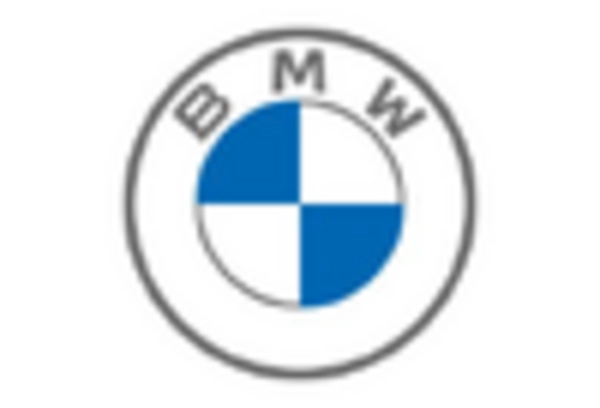

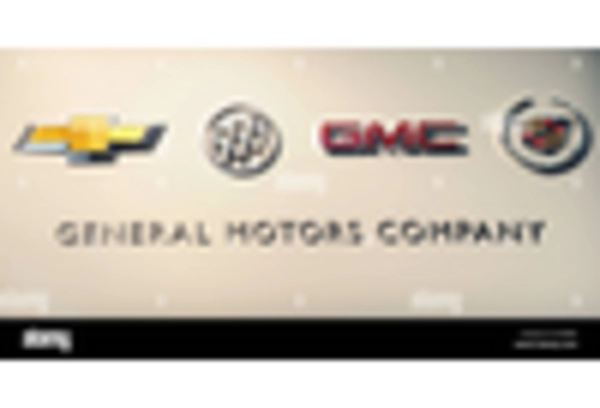
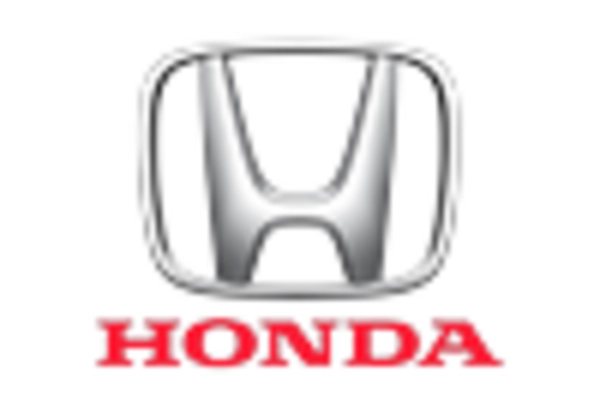
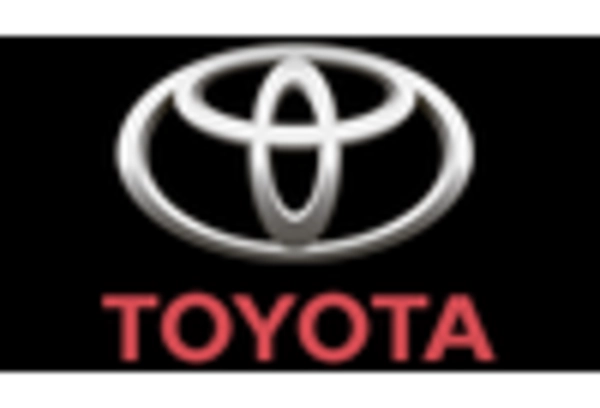
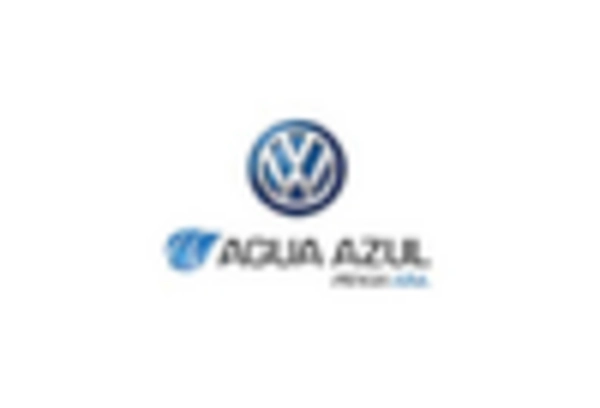








Leave a Comment